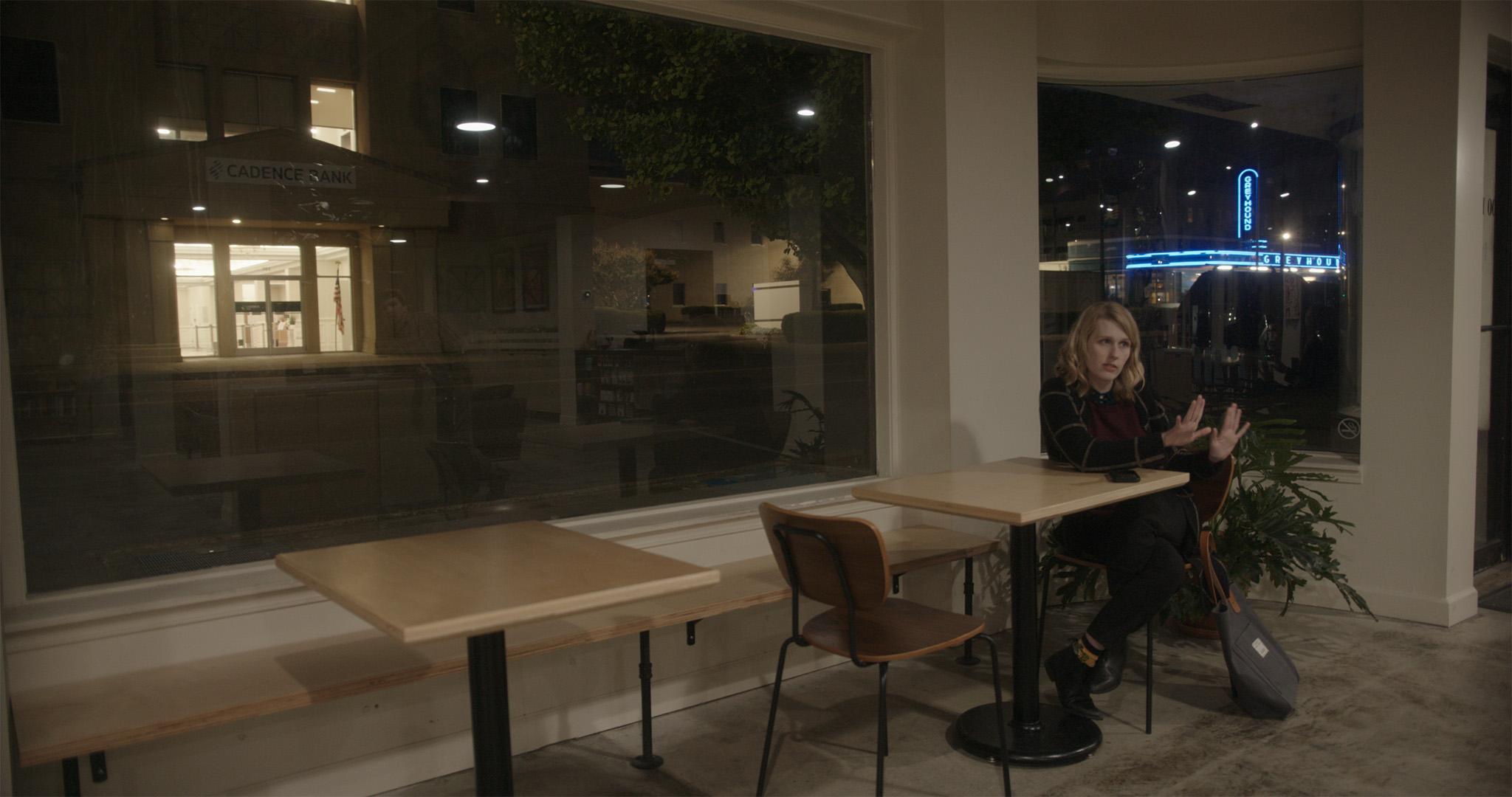-
Search Results
-
Thank you for providing such wonderful resources for filmmakers.
I will be the cinematographer on a small short film scheduled to begin production in December. There is a scene that takes place inside a coffee shop at night. One location we are considering has these huge plate glass windows that look out on a city street with a neon lit bus station across and down the street. I love being able to see the city lights and activity behind the table where the two characters would be sitting. However, I am concerned about reflections of the camera/crew in the windows… especially on a symmetrical master shot where the camera is straight in front of the table and also on any wide shots. My initial thought on lighting the table was to use a china ball hung over the table between the actors and the wall/window as my main source and then build from there. Does anyone have any tips or advice on getting rid of reflections when setting up a shot like this? How much would a polarizing filter help? I thought about having something on the table that could block the camera from the window for the straight on 2 shot, but not sure if I could have anything large enough to do the job. Maybe I need to look for a new location or just have the actors at a table in the middle of the space instead of against the windows. I have attached a frame grab I took of the location last night while our director was speaking with the shop owner… (not lit or color graded, etc.) Any advice is greatly appreciated!

Topic: 1917 Camera Setups
Hello Roger,
I recently finished watching your audio commentary on 1917, and I was really intrigued by the scene inside the bunker room, where George and Dean’s characters are informed on the mission.
In the commentary you said the camera is attached to a stable eye, which is being lifted by a technocrane, slowly moving forwards. When the actors move, the camera is then taken off and carried by a grip, and whilst that happens the technocrane is being retracted and the ceiling is put back in place for the final shot of the scene.
Why was the scene shot like this? I was very surprised when I heard this, and I’m wondering if you had thought of another way of shooting this scene first? It sounds like an awful lot of work and I never would have guessed it was shot like this.
Lastly, I wish to thank you for taking the time to record your commentary, it was an amazing and very technically insightful audio track.
Thanks for your time!
CBE, ASC, BSC
